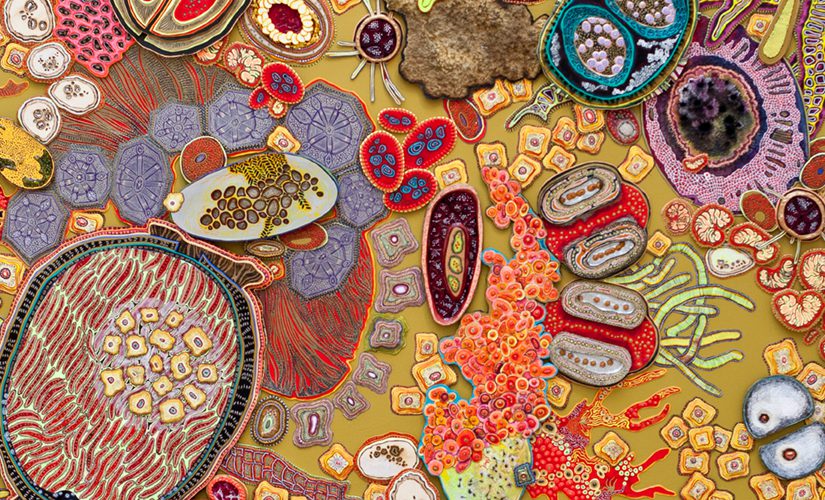Category: Disease Investigation
AFM is Serious: Know the Symptoms. Act Fast.

Acute flaccid myelitis (AFM) is a serious neurologic condition that causes limb weakness and paralysis. While uncommon, AFM affects mostly children, and can have devastating, long-term effects for patients and their families. There have been three AFM outbreaks in the United States—in 2014, 2016, and 2018. If this biennial pattern continues, another outbreak might occur Read More >
Posted on by 3 CommentsNCEZID Labs, Programs Mark 2019 Milestones

The National Center for Emerging and Zoonotic Infectious Diseases (NCEZID) faced challenges in 2019, but the year also marked a number of milestones for the center. NCEZID’s annual Accomplishments report recaps those achievements and lays out some of the future challenges. Milestones in Laboratory Science CDC’s high-containment laboratories (HCL), which study some of the world’s Read More >
Posted on by Leave a commentKeeping Work with Select Agents Safe, Secure

Although potentially dangerous, work with select agents and toxins provides important scientific discoveries that have led to improved detection, prevention, diagnostic, and treatment options for diseases. Select agents and toxins are also considered to be some of the most threatening to the health and safety of people, plants and animals. While there is always some Read More >
Posted on by 2 CommentsResponding to Emerging and Zoonotic Infectious Disease Threats in 2017

The fungal superbug Candida auris causes serious and often fatal infections. It can strike people in the places where they seek care—hospitals and other healthcare facilities. In early 2016, we knew about outbreaks of C. auris infections on multiple continents, but we were not sure whether C. auris was in the United States. Fast forward Read More >
Posted on by 3 CommentsJohn Snow: A Legacy of Disease Detectives

John Snow, known as the father of epidemiology, was born on March 15, 1813. This week, we honor the birthday of the first true disease detective. The Story of the Broad Street Pump London, 1854: A cramped Soho neighborhood teems with people and animals living in cramped and dirty quarters. A deadly outbreak of cholera Read More >
Posted on by 7 CommentsWest Nile to Zika: How One Virus Helped New York City Prepare for Another

No one told the Aedes mosquito that New York is the city that never sleeps. The type of mosquito that can spread Zika virus (Zika) is most active during the early morning, day, and early evening. But New York is teeming with people during most of this time, meaning that our scientists had to find Read More >
Posted on by 2 Comments